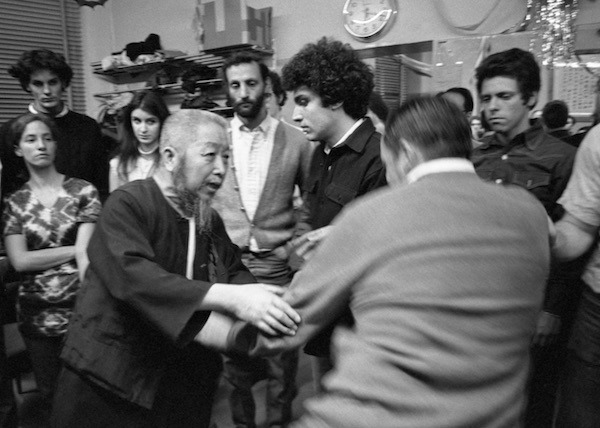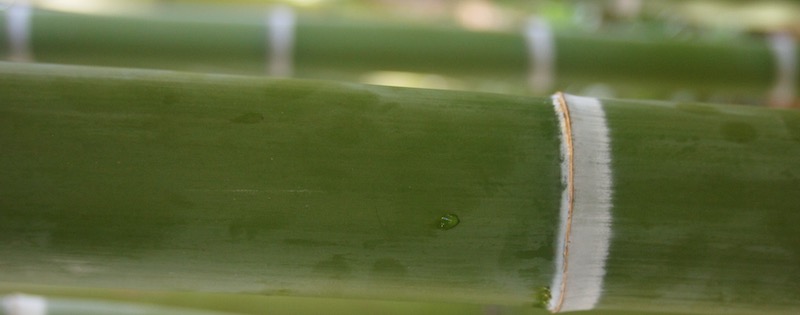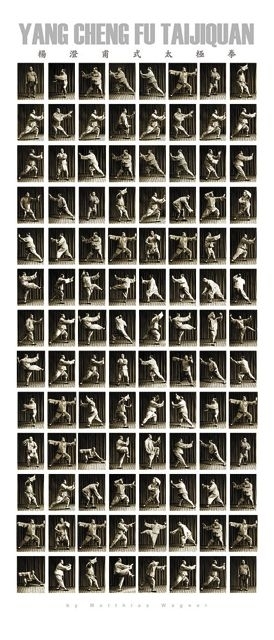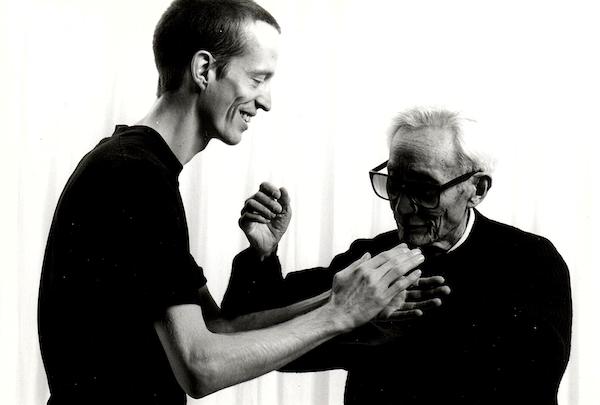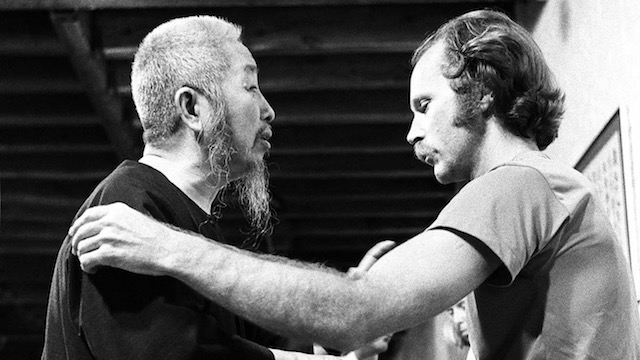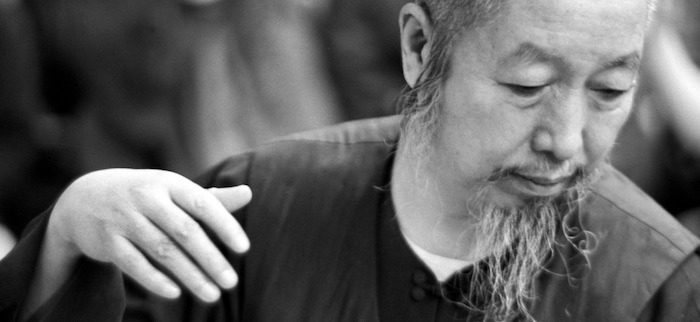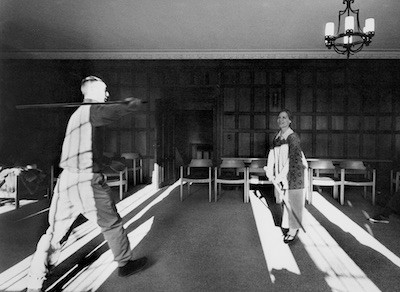„Swimming in air“ – practitioners of Cheng Man Ching Tai Chi know this expression as a description of Tai Chi form practice. To many who first hear this phrase without context, flying is what first comes to mind.
Swimming as Flying
Flying would indeed be great – but we cannot fly. This simple fact apparently needs to be mentioned these days, as some weeks ago the question whether Tai Chi masters – after dedicated practice of many years of course – may develop the capacity to fly was seriously discussed by grown adults in some social media forums. – Almost needless to say, a conclusion of this debate has not yet been reported.
Being able to wait, to let go and to put theory and speculation aside (There are no secrets!) allows us to dance with a much more interesting question:
What is the practical meaning of „swimming in air“? (GK)
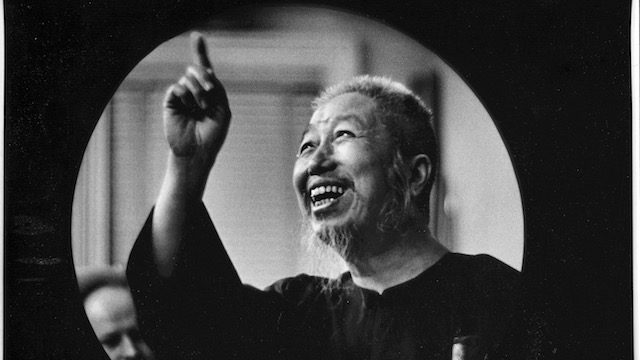
Walking and Swimming
Walking is our (homo erectus’) principle exercise. We are bipedal animals and like other animals our method of locomotion is our exercise. Walking is most beneficially done with bare feet on earth, sand, grass or any other soft uneven surface. Walking on hard, even surfaces such as cement jars the body to a degree and is less beneficial.
In the modern world we must wear shoes to protect our feet on various unfriendly surfaces.
Multi-directional movement
Shoes on flat hard surfaces causes us with every step we take to use the muscles and bones in the same way, whereas walking on uneven ground requires the muscles of the ankles and legs to work multi-directionally. An example of a similar problem is in weight lifting machines, when the athlete pushes a weight up in channels that only allow up and down movement. It develops strong muscles that push up (pectorals/ triceps etc.), but if he then lifts a free weight, the muscles that keep it from falling to front back or sides are not as strong and injury may result. Free weight lifting and walking on uneven ground exercise all relevant muscles.
Feeling movement: Our feet on the earth – Our bodies surrounded by air
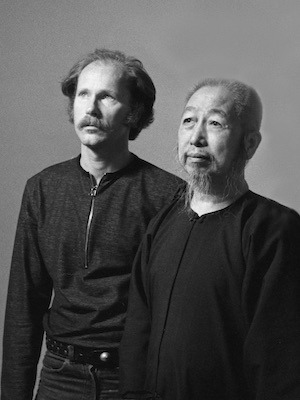
It is said that Tai Chi is ‘swimming in air’: our feet are ‘on’ the earth but our bodies are in the air (the bottom of the sky).
Air is much like water. Water – being denser than air – keeps battleships afloat. air – being lighter than water but denser than space – keeps 747s afloat. The only reason most people do not feel the airs density is that they are accustomed to it.
After a few years of study, Tai Chi students are encouraged to ‘feel’ the air they are moving in, to experience the displacement of air as we move our bodies and limbs through it. As we do this, the air begins to feel denser, heavier, resulting in the body becoming lighter. In this way we can feel ‘as if’ we are ‘swimming in air’.
Author: Ken van Sickle
Images: Ken van Sickle
German version of the article series
Notes on Cheng Man Ching’s Tai Chi System
Ken illuminates some central practical implications of Cheng Man Ching’s endeavour to renew Tai Chi. Thereby, he also sheds some light on Tai Chi’s ethical background, especially concerning dealing with Others.
Ken thus is able to paint a picture of a Tai Chi style which comes across as both categorical and poetic, both practical and rooted in principle.
- Notes on Cheng Man Ching’s Tai Chi System
- Fight or Flight: Tai Chi’s general attitude
- Tai Chi is „swimming in air“
- (Mis)alignment in Tai Chi
- Roll Back
- The Cheng Man Ching 37 Form – Shortening and Changing the Yang Form
- Cheng Man Ching Push Hands
- Tai Chi’s Role
- Ride the Horse in the Direction it is Going
- Momentum

